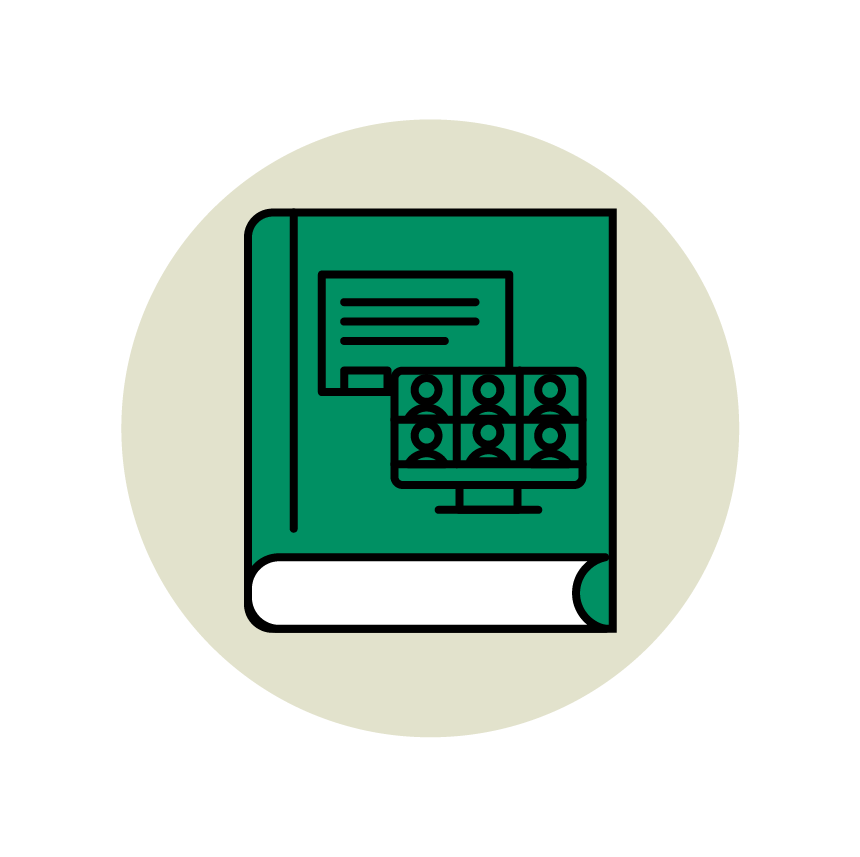HyFlex (bimodal) classrooms
These high-tech designed classrooms allow instructors to teach students both online and in-person
What is HyFlex/bimodal teaching?
Everyone participates in a single synchronous (live) class session: the professor and a portion of students participate inperson while the remainder of students participate remotely. This is what is referred to as a bimodal classroom because it allows faculty to make teaching and learning possible by combining two groups of learners. Students can attend class in-person when on campus, or they can attend virtually online via Zoom when located remotely.

HyFlex teaching at Concordia
In-person instruction and activities resumed on Thursday, February 3, 2022.
Questions concerning faculty decisions related to in-person or remote online teaching should be directed to department chairs.
Please note: Please contact your department if you wish to request a Hyflex-Bimodal classroom with a camera and microphone for the next academic year, 2025-2026. Your request must be submitted through the SIS by January 12, 2025. Please be sure to advise your department administrator so that they can submit your request by the deadline date, January 12, 2025.
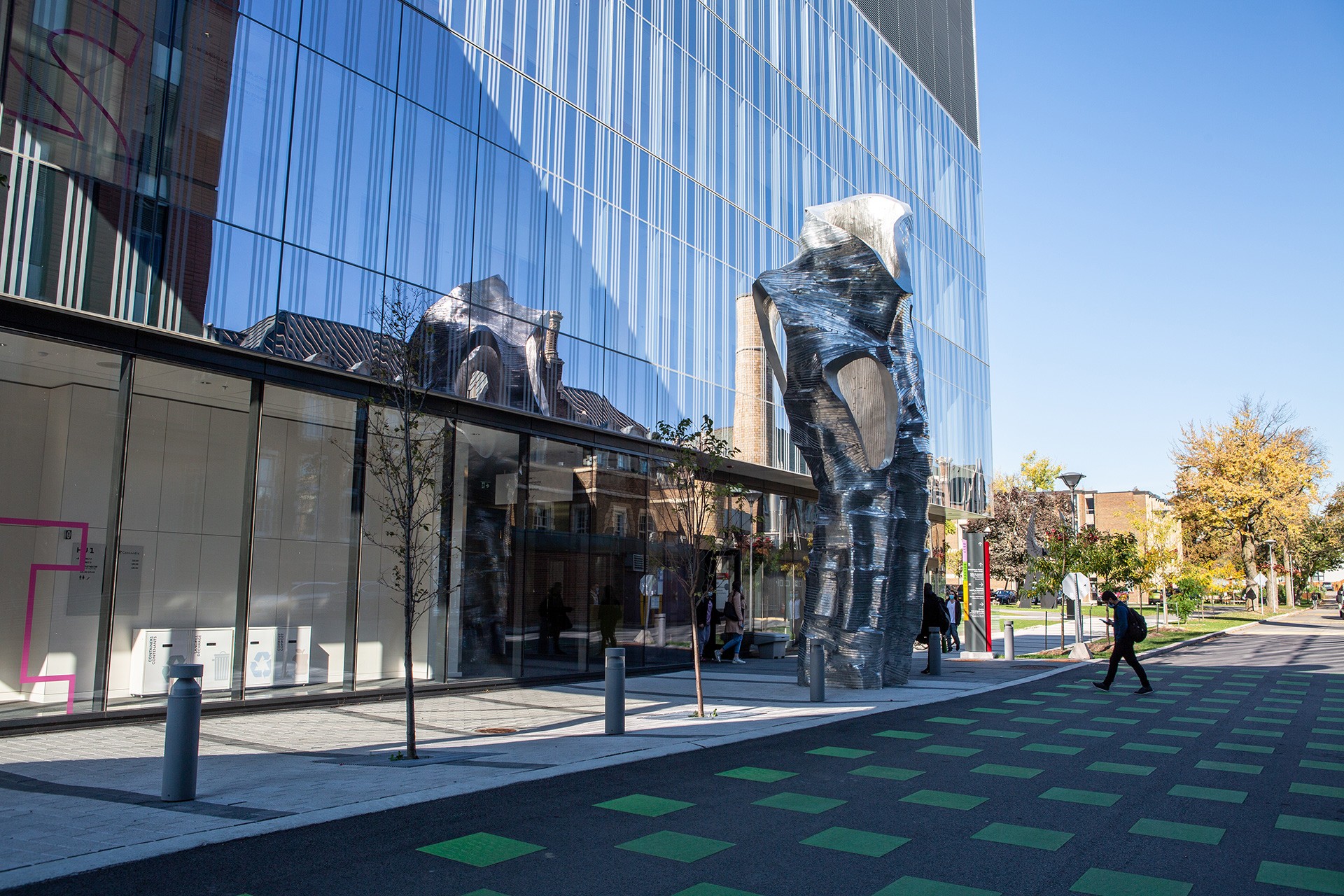
Possible flexible formats for bimodal
Beyond the typical on-campus class schedule, you may choose another schedule for your course. Here are some examples of course schedules you could adopt:
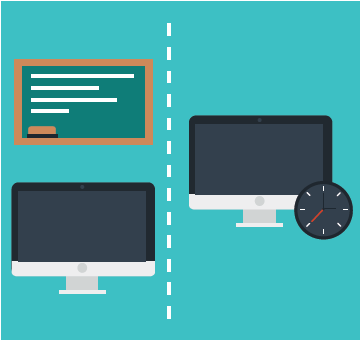
Variation A
Students participate in bimodal every other week, and in fully remote synchronous on the alternate weeks.
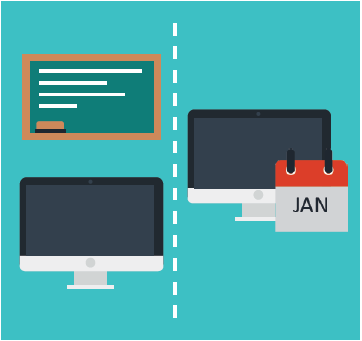
Variation B
Students participate in bimodal every other week, and work asynchronously on the alternate weeks.
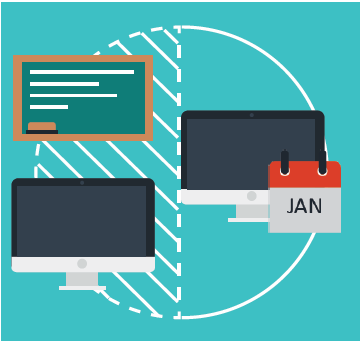
Variation C
Students participate in bimodal for a portion of the class (I.e., 1.5 of 3-hour class) and work asynchronously for the remaining time of the class.

Variation D
Students participate in bimodal for a cluster of consecutive classes and then work asynchronously for a cluster of classes, alternating bimodal and asynchronous cycles.
Note: synchronous = live & scheduled / asynchronous = on their own time within a designated timeframe
The four categories of bimodal classrooms

Basic Classroom
Desktop PC and overhead projector.

Web Conferencing Classroom
Desktop PC, overhead projector, microphone and camera.

Basic Plus Classroom
Desktop PC, overhead projector, and a microphone.

Mobile Classroom Kit
Students participate in Desktop PC, microphone, camera, and overhead projector for use in any classroom space as required.
Concordia's new HyFlex classrooms
Concordia’s new bimodal classrooms are specially equipped with desktop computers, microphones, cameras and overhead projectors. Instructors can connect to Moodle, Zoom, YuJa and Office 365 including Teams using the standard campus desktop login. The technology has been configured to allow for quick, easy and convenient setup at the start of each class.
Classroom type user guide - Part 1
How to use HyFlex Classroom
Watch the video and follow the steps to use the technology available in the HyFlex/bimodal classrooms or refer to the online User's Guide.
Classroom type user guide - Part 2
